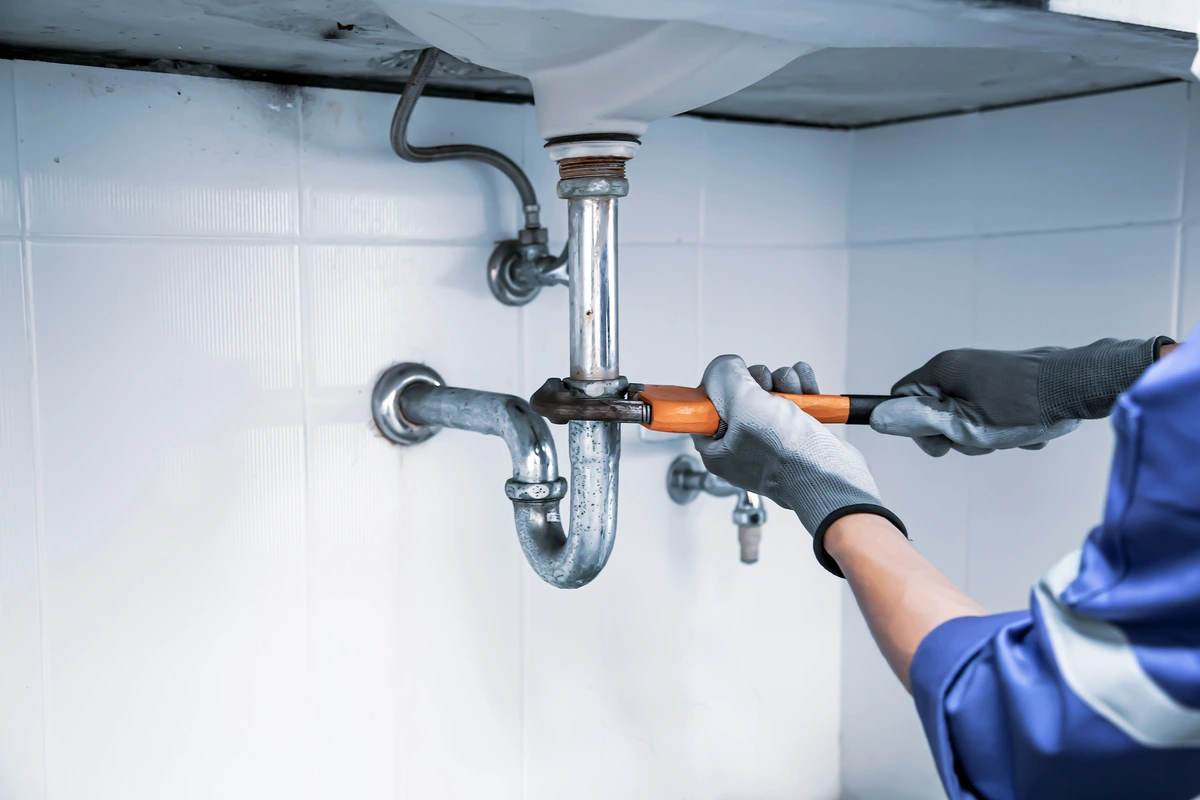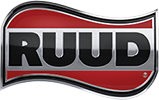A major plumbing catastrophe can start with a single drip. And because pipes are often silent and hidden behind walls, homeowners may not know there’s a problem until that drip becomes a waterfall.
But, even if they can see a leaky kitchen faucet or a shower head that won’t stop dripping, many homeowners put off those repairs, thinking a drip here and there is no big deal. As plumbing professionals, you know better, and have been on the receiving end of emergency calls to fix what should have been tended to long before.
In this month’s Tech Tip, we’ll highlight the importance of getting on top of plumbing problems before they turn into nightmares, and the dangers of ignoring plumbing repairs until it’s crisis.
Water damage.
That little drip might seem harmless, but water can seep into walls, floors and even a home’s foundation, drip by little drip. And that can turn into a damaging, expensive situation. Peeling paint, soggy woodwork, and even structural problems can be the result. Now, your homeowner isn’t just looking at a plumbing repair, he or she is calling a contractor, too.
Health risks.
Water damage creates just the kind of damp habitat that mold loves. Homeowners may think their allergies are worse than usual, when in reality it’s the mold in the walls causing all of that sneezing and watery eyes. Worse, mold can lead to more severe respiratory problems.
Higher utility bills.
Placing a bucket under a faucet that drips now and then is a huge eye opener to the amount of water that is wasted because of that tiny drip. It’s going to show up on a homeowner’s water bill. A clogged drain can also make your appliances less efficient, leading to higher energy bills.
Higher repair costs.
That tiny drip might have required only a new washer that the homeowner could have been able to do himself. Left untreated, the situation might turn into a major repair job with a much higher price tag. Especially if it becomes an emergency.
Premature fixture aging.
Mineral buildup, sediment and the constant use of a dripping faucet can shorten the lifespan of those fixtures.
Regular maintenance can prevent all of these problems from happening. But, aside from cleaning a home’s main drain to the street once a year, it’s not like many homeowners have a plumber out regularly to check on things.
Higher water bills.
This is the tell-tale sign something is wrong in the plumbing system, even if the homeowner hasn’t noticed any drips or leaks.
Slow or clogged drains.
If water is draining more slowly from a sink, bathtub or laundry tub, there’s likely a clog or blockage somewhere in the line.
Low water pressure.
If a shower that used to feel like a firehose is suddenly like a gentle spring rain, it’s time to call a plumber to find out the cause.
Cloudy or murky water.
If water is discolored in any way, or if it has an odor, this could be the result of rusty pipes or a more serious situation with the home’s water supply.
Odd noises.
If the pipes are starting to groan like an old man getting up off the couch, something is wrong in the line. Trapped air, blockages, or leaks can cause pipes to voice their displeasure!






